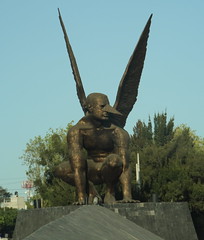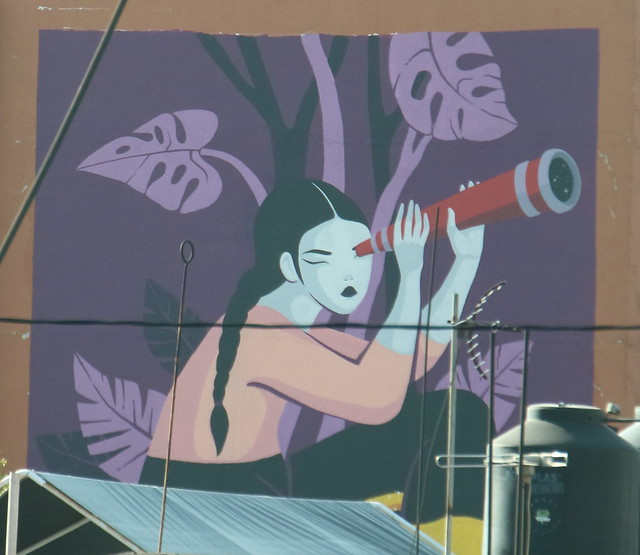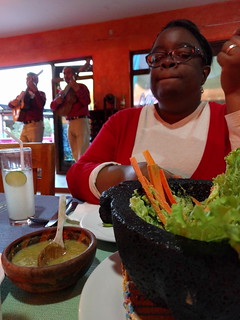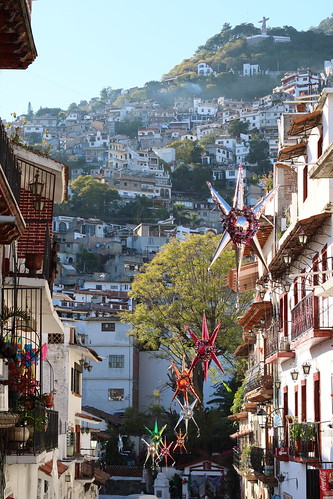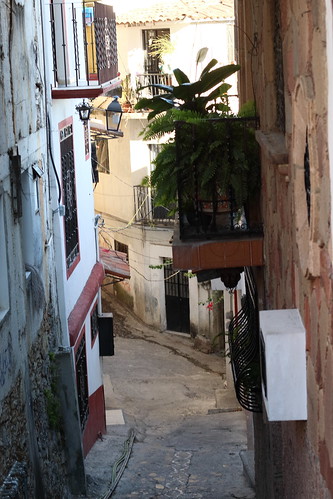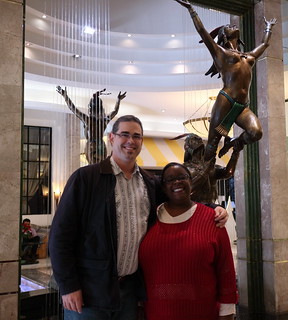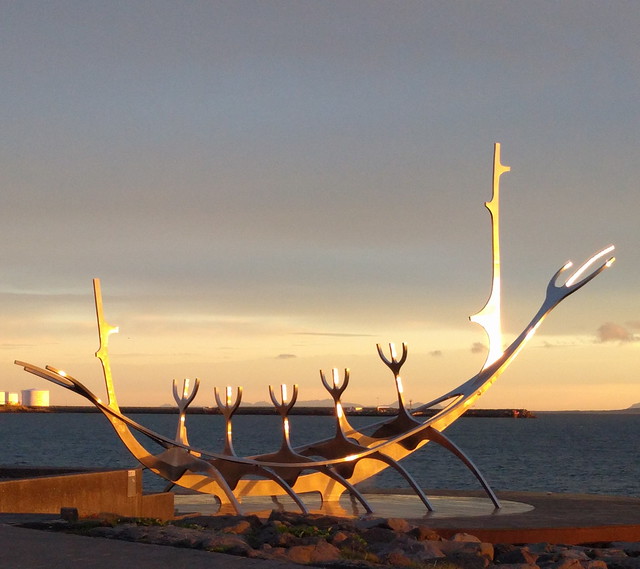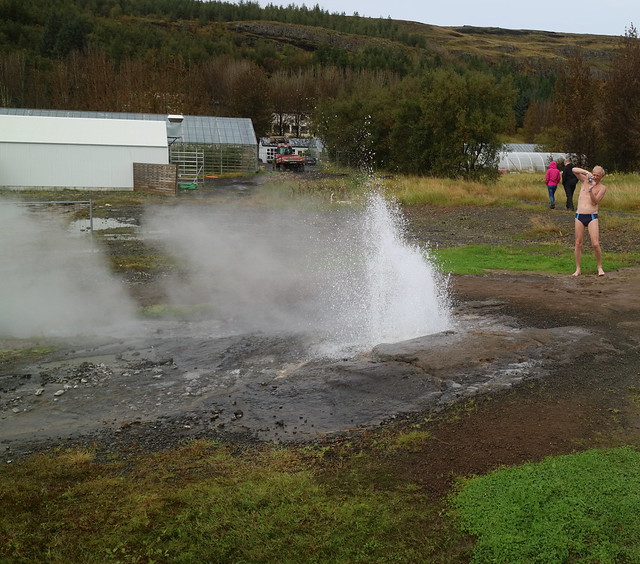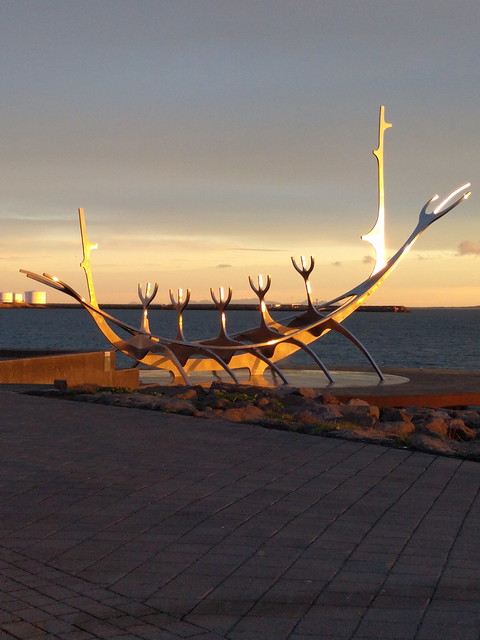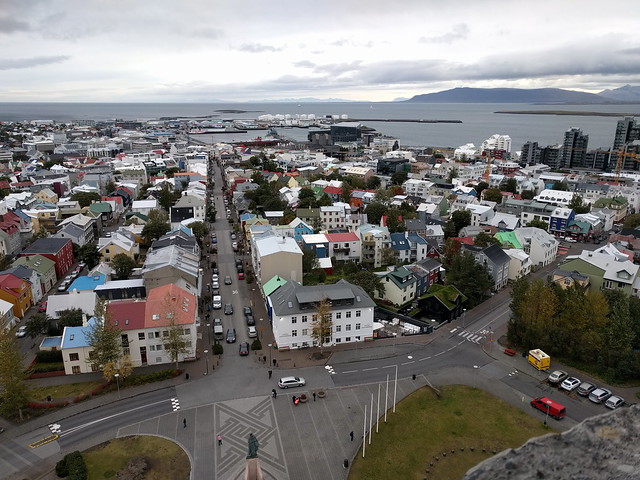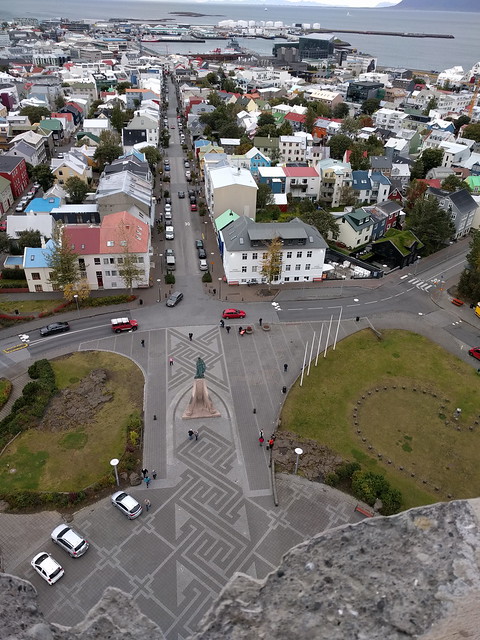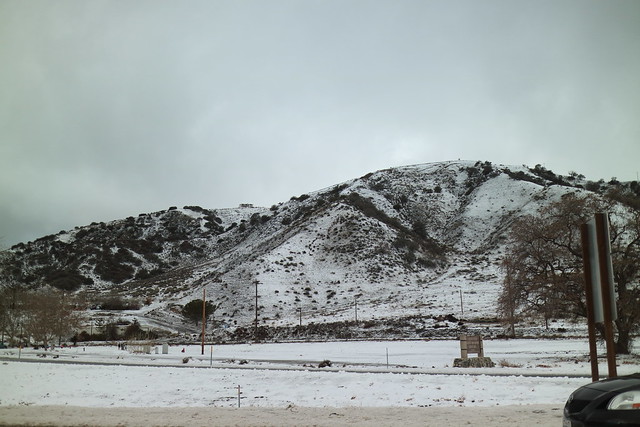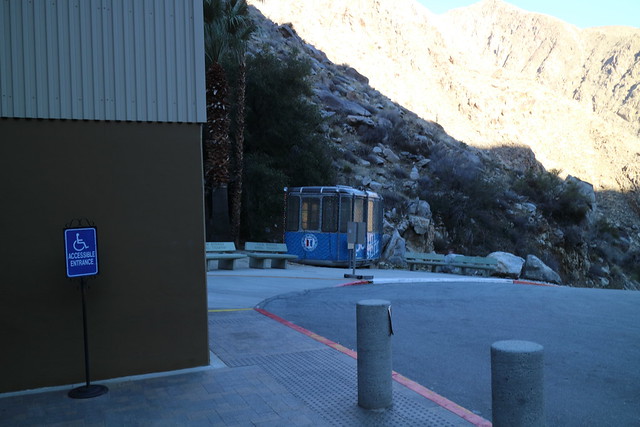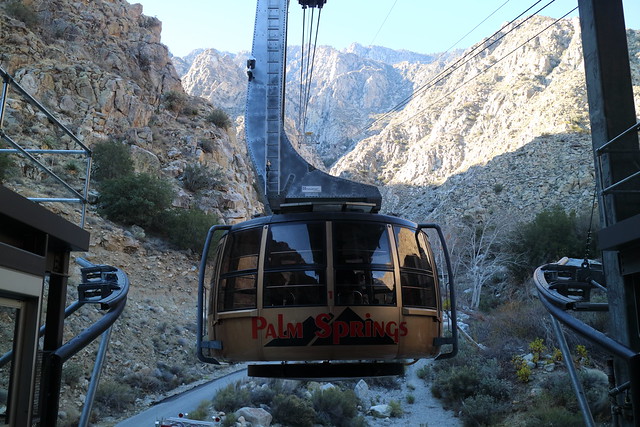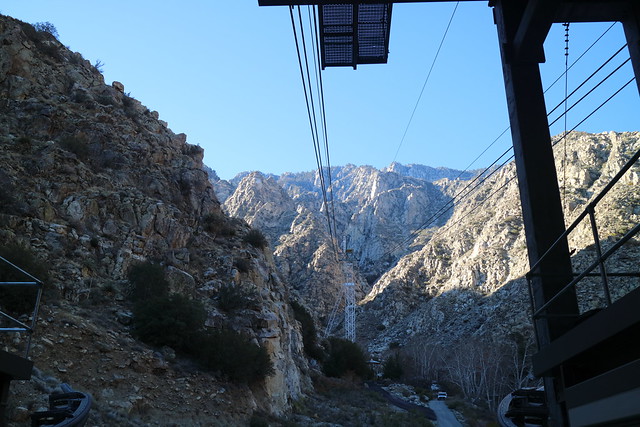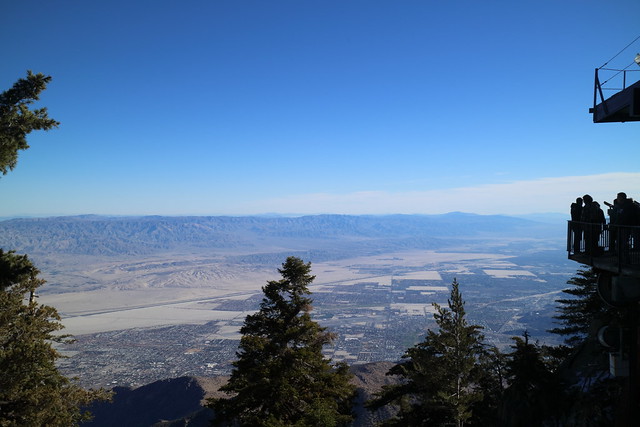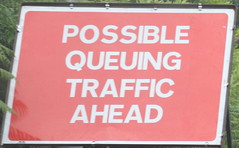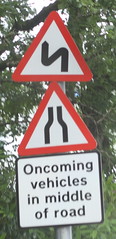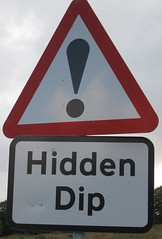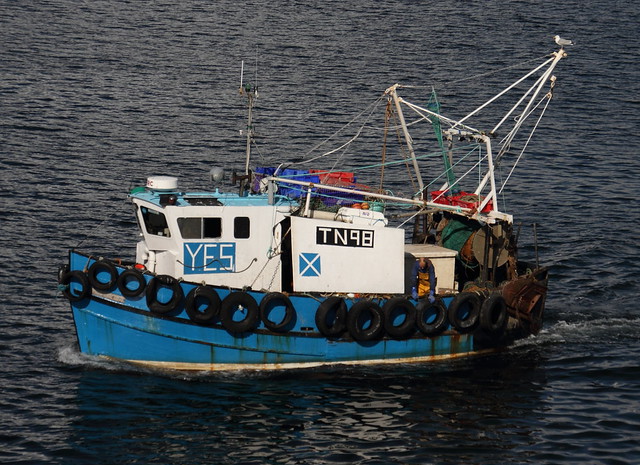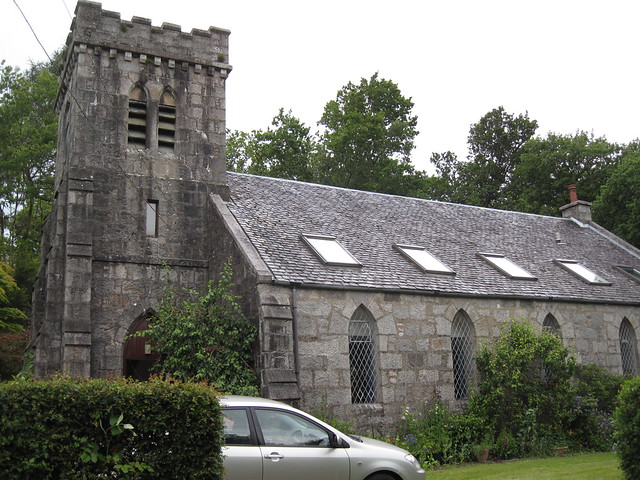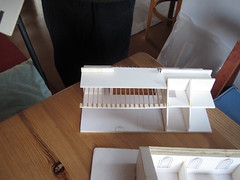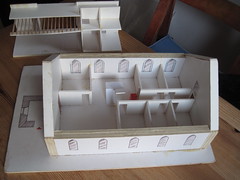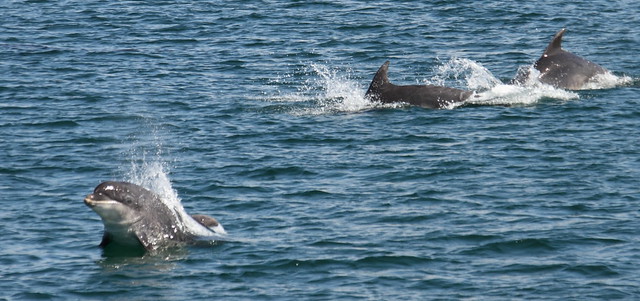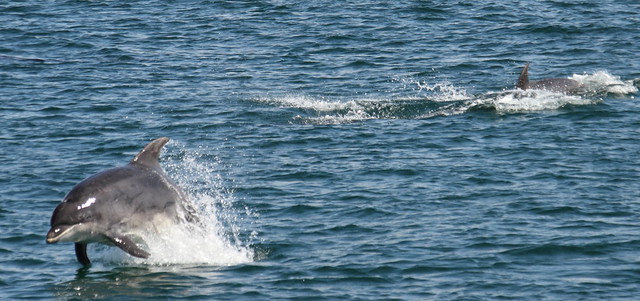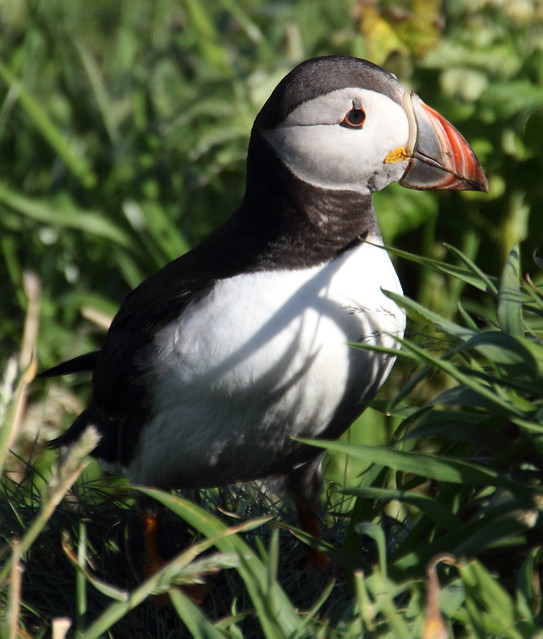
One of the temptations of any traveler, aside from overindulging in the name of “But, we’re on vacation!” is to assume one knows a people or a culture because one has spent time in a country before. Both D and T have been to Mexico repeatedly, but… can honestly say that they still don’t really know it.
For D, the reasons have involved being at a remove from most people. Staying in hotels with mainly Europeans and Americans, the traveler rarely goes outside of their comfort zone; staying at a university, one only interacts with students and faculty. For T, one of the reasons is that previous trips have involved a mission focus. Being taken to a country solely to “help” its inhabitants can have a limiting and narrowing effect on one’s view of that people. The things one is told, in an earnest effort to be helpful, can come from a racist and classist place, she is realizing. This remains a real problem with the cultural leaching that religion as an institution can do; in an effort to instill a particular set of values, it’s all too easy to erase everything in one’s path… but to get on with the day:
Yesterday was mucho cathedrals, which isn’t difficult when touring small villages established by taken over by the Franciscans. It was about a two hour drive out of the city into increasingly pastoral areas – we saw all the roosters and burros and horses and fields our little hearts desired (also: hand-cleared roadsides, with guys swinging actual sickles, and hand-stacked hay!). It was a relief to get out of the chaotic traffic and enjoy the relatively clear highways, made so by the holiday and people being elsewhere. The roads – toll roads, constructed by the government (and, apparently, with much in the way of scandal, kickbacks, bribes, etc.) – were in very good repair for being so far from the capitol.

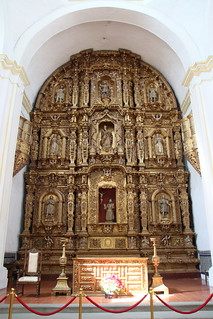
We visited Cuernavaca, the capital of the state of Morelos, which is just a couple hours inland and south of Mexico City. The lower elevation allowed us to leisurely explore the tiny village and its beautiful walled monastery, with well kept grounds and gardens, and an outdoor chapel where today kids still learn their catechism. This church has been in continuous use since its inception in the 1500’s, which is kind of astounding.
We visted a faux silver mine in the state of Guerrero, in the village of Taxco, to the Southwest of Mexico City. It was a wild drive up into the mountains, and the village is embedded into the mountainside all the way to its very tip-top. We climbed many hills but still didn’t get anywhere near all the way up there. There are about four thousand Volkswagen Beetles used to get around the steeply mountainous, narrow roads, which were originally made for travel by burro. There was an overwhelming amount of silver goods for sale, and we were grateful that we hadn’t gone into a real silver mine – they’re still in use, it’s dirty and dangerous, and it was SO unexpectedly warm. We brought jackets and hats, and finally abandoned them in the van. We might have wished for shorts and sandals, but the cobblestone road made for chancy footing, and amusingly, this was “mild” weather to everyone else. 80°F is “mild.” Well, all righty, then.

Despite the piñatas hanging from every doorway and the cheery bunting hanging above the street, it was easy to forget in Cuernavaca that it was anywhere near Christmas, but the carols being blared from the loudspeaker in the center of town in Taxco definitely helped us remember… there’s nothing like hearing Burl Ives soaring over the imploring of small children trying to sell you chiclet, women and men hawking hats, Aztec calendar plates, placemats, huaraches, hammocks, jewelry and more. Oy.
We had lunch included in our jaunt and went to a family restaurant which had the requisite murals all around. We ran out of time to do the wall murals any justice – the historical one began with Adam and Eve (and a very bizarre serpent which had a human head and torso and body as tail), moved directly to the Aztecs, the Conquistadors held pride of place on the next wall, and then Mexico’s independence wars. The ceiling murals… were a bit more whimsical, depicting angels bringing food. Topless angels, for some reason. You cannot make this stuff up.

D had a nice time chatting with our fellow tourists, a family from Costa Rica who told us we ought to come and visit their country next time. They tried out their English on T, and she …smiled a lot. It was amusing that the most attention paid to her on this trip so far was in the silver shops, as people assume the woman is the main buyer for all jewelry. Earnest gentlemen following her and actually speaking English to her was unnerving… but for the most part, she only has to say the odd “Que tal?” or “Buen dia” to get by – even though she can eavesdrop on conversations and pick up quite a bit more than she can speak. D, meanwhile, had a long conversation with the tour guide on linguistics, while T got treated to his bad “Spanglish” joke, told in a broad American Midwestern accent: My wife’s name is Conchita, we live in a casita…” ::sigh::
It was a long day, with variable temperatures and a long drive home through burning sugarcane fields, only to be stopped by horrendous traffic getting back into the city. We didn’t get to the hotel until nearly 8, well after our promised return, but we survived, and since we’re two hours ahead here, weren’t even too starved fro dinner quite yet. Today’s adventures promise to have shorter times on the freeway – and we’re looking forward to the Mayans, Aztecs and all the mystical junk some tour guide is going to tell us about the pyramids. We have a special tour with an archaeologist to offset the nonsense, which will be helpful. ☺
-D & T
P.S. If you want to get an idea what it’s like to look through one of these cathedrals, have a look at this 360° photo sphere.
